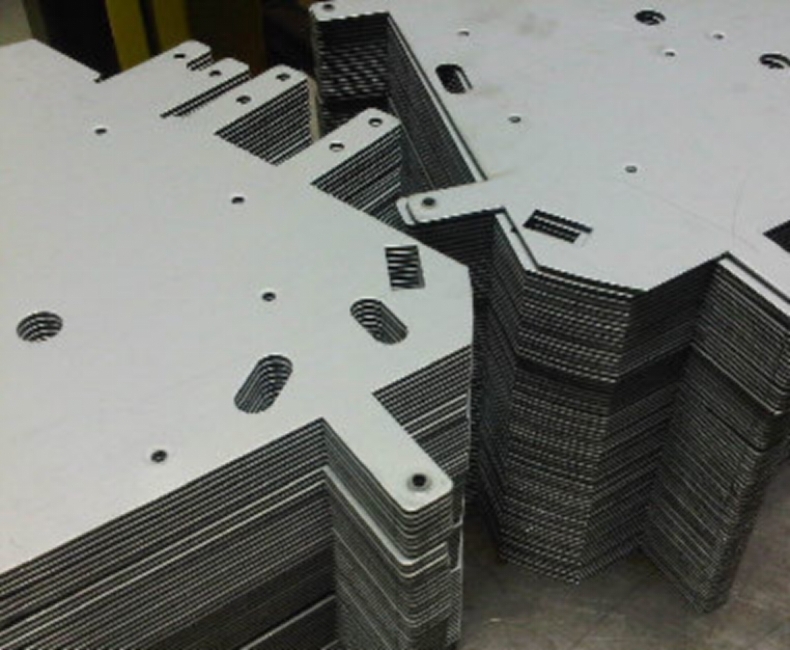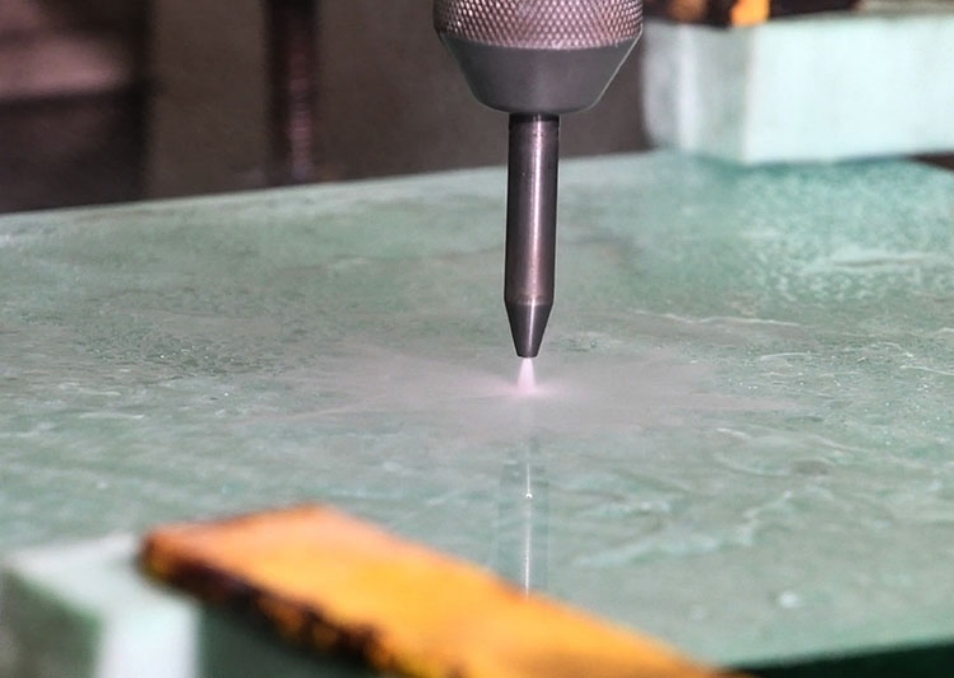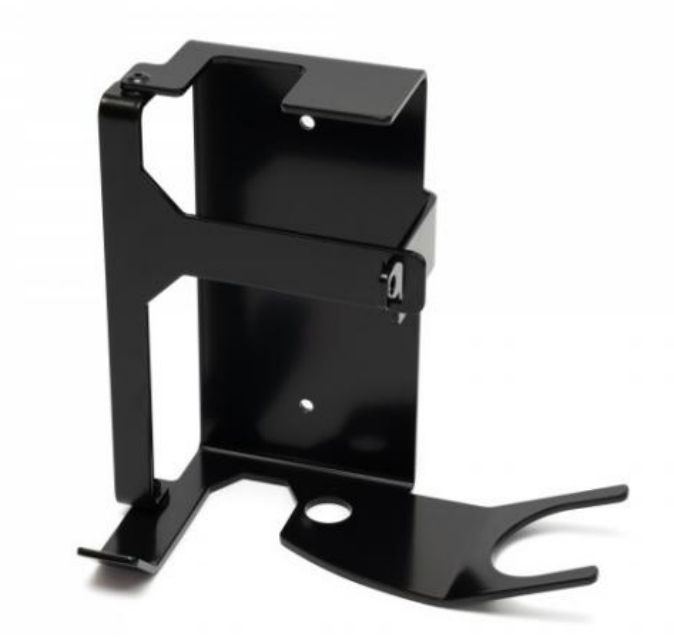
Design for Sheet Metal Fabrication: Key Considerations for Successful Projects
Cover topics such as material selection, geometric considerations, design for manufacturability (DFM).
> 3-Day Lightning Delivery
> North America’s Top 10 One-stop Solutions
> 75+ Choices of Materials

1.Material Selection :
Choosing the right material is crucial for the success of sheet metal fabrication projects. We will discuss common sheet metal materials such as steel, aluminum, and stainless steel, highlighting their properties, strengths, and limitations. By understanding the material characteristics and their suitability for specific applications, designers can make informed decisions to achieve the desired functionality and performance of the fabricated parts.
2.Design Guidelines and Best Practices:
We will explore design guidelines and best practices that optimize the manufacturability of sheet metal components. Topics such as bend radius, hole spacing, and relief cuts will be discussed to ensure proper forming, assembly, and dimensional accuracy. We will also delve into considerations for nesting and efficient material utilization, minimizing waste and cost.

3.Manufacturing Constraints and Limitations:
Sheet metal fabrication processes come with certain constraints and limitations that designers must be aware of. We will address factors such as material thickness, minimum feature sizes, and tooling limitations, explaining how these factors impact the manufacturability of designs. By designing within the capabilities of the fabrication process, designers can avoid costly rework or potential issues during production.
4.Design for Cost Optimization :
Cost optimization is a critical aspect of sheet metal fabrication projects. We will discuss design strategies that can help reduce material waste, minimize production time, and enhance overall cost-effectiveness. This includes optimizing nesting layouts, reducing complexity, and considering standard tooling and stock sizes. By incorporating these considerations, designers can create designs that meet project requirements while maintaining budgetary constraints.
Designing for sheet metal fabrication requires a thoughtful approach that considers material selection, design guidelines, manufacturing constraints, and cost optimization. By following these key considerations, designers can ensure successful outcomes, efficient production, and high-quality sheet metal components. Whether it’s a prototype or a large-scale production run, integrating these design principles will lead to optimized manufacturability, reduced costs, and improved overall project success. By collaborating closely with sheet metal fabricators and applying these design strategies, designers can unlock the full potential of sheet metal fabrication and bring their ideas to life.